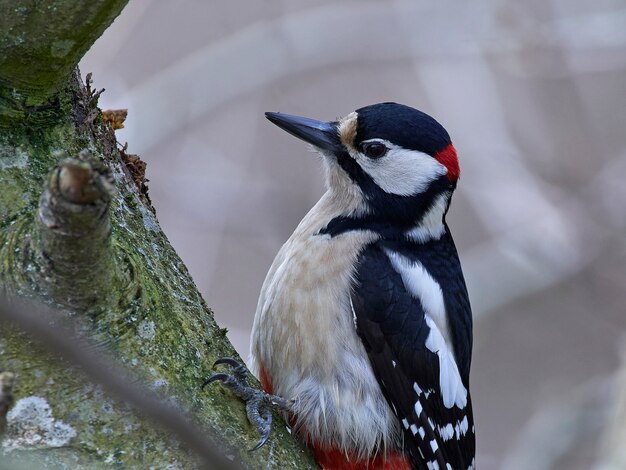In this article, we will delve into the fascinating world of woodpeckers, mainly focusing on their presence in the picturesque state of New Hampshire. Woodpeckers are unique and intriguing birds that play a crucial role in maintaining the balance of the ecosystem. From their distinctive appearance to their rhythmic drumming, these feathered creatures have a story worth exploring.
Table of Contents
ToggleIntroduction
Woodpeckers are a diverse family of birds known for their characteristic behavior of pecking and drilling into tree trunks. In New Hampshire, you’ll find a variety of woodpecker species, each with its own distinct features and habits. Let’s take a closer look at these remarkable birds.
The Woodpecker Family
Woodpeckers belong to the Picidae family, which includes over 200 species worldwide. These birds are renowned for their chiseling beaks, which are well-suited for excavating holes in trees and hunting for insects.
Woodpeckers of New Hampshire
New Hampshire is home to several woodpecker species, each contributing to the state’s rich biodiversity. Some of the most common woodpeckers you’ll find in the Granite State include:
Hairy Woodpecker (Picoides villosus)
The Hairy Woodpecker is a medium-sized bird with black and white plumage. They are often spotted foraging for insects on tree trunks.
Downy Woodpecker (Picoides pubescens)
The Downy Woodpecker is smaller than the Hairy Woodpecker but shares a similar appearance. Their distinct calls can be heard echoing through New Hampshire’s forests.
Northern Flicker (Colaptes auratus)
The Northern Flicker is a woodpecker known for its unique behavior of foraging on the ground. Their striking appearance and undulating flight patterns make them a sight to behold.
Habitats and Nesting
Woodpeckers in New Hampshire prefer a variety of habitats, including deciduous and coniferous forests, woodlots, and suburban areas. They create cavities in trees for nesting and shelter, often reusing the same site in successive years.
Diet and Feeding
Woodpeckers are primarily insectivorous birds, relying on insects and larvae as their primary food source. They use their sharp beaks to extract insects from tree bark, which is vital in controlling forest insect populations.
The Drumming Sound
One of the most distinct features of woodpeckers is their rhythmic drumming sound, which serves multiple purposes. Woodpeckers use this sound to communicate with other birds, establish territories, and attract mates.
Conservation and Challenges
While woodpeckers are a common sight in New Hampshire, they are not without their challenges. Habitat loss and climate change are among the threats these birds face, highlighting the importance of conservation efforts.
Woodpeckers and Ecosystem Balance
Woodpeckers play a vital role in maintaining the health of forests. Controlling insect populations they help prevent outbreaks of destructive pests, ultimately benefiting the entire ecosystem.
Conservation Efforts
Conservation organizations and bird enthusiasts in New Hampshire actively work to protect woodpecker habitats and ensure the survival of these captivating birds. Through habitat preservation and education, the future of woodpeckers in the state looks promising.
Conclusion
Woodpeckers in New Hampshire are not just fascinating to observe; they are essential contributors to the state’s natural beauty and ecosystem health. From their remarkable adaptations to their melodious drumming, woodpeckers are a testament to the wonders of nature.
FAQs
- Are woodpeckers harmful to trees?
Woodpeckers are not harmful to trees; in fact, they help control insect pests that can damage trees.
- What is the best time to spot woodpeckers in New Hampshire?
Woodpeckers are active throughout the year so you can spot them in all seasons. Early mornings and late afternoons are often the best times for birdwatching.
- How can I attract woodpeckers to my backyard?
You can attract woodpeckers by providing suitable feeders and creating natural habitats with plenty of trees and shrubs.
- Do woodpeckers migrate in winter?
While some woodpecker species migrate, many stay in New Hampshire year-round, adapting to the colder months.
- What is the significance of the woodpecker’s drumming sound?
Woodpecker drumming is a form of communication used for territory marking, attracting mates, and warning other birds of danger.





